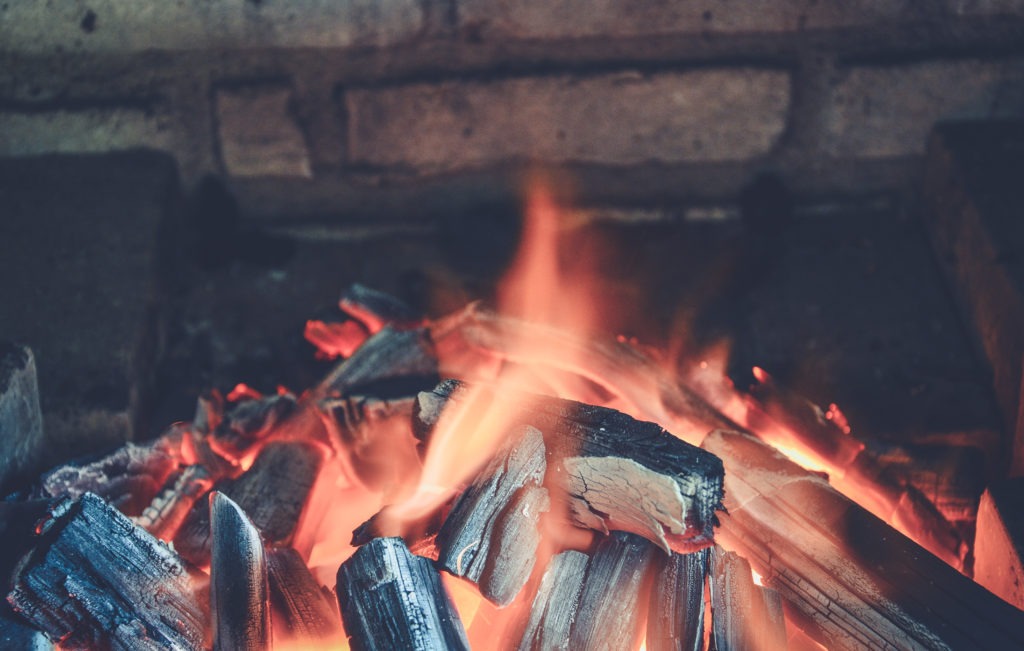
How to protect your child from fireplace burns
Fireplaces are great for keeping warm and adding ambiance to your home, especially around the holidays. Who doesn’t enjoy a roaring fire, after all?
Young children, specifically infants and toddlers, may be drawn to the flames so it’s important to keep an eye on them at all times when a fire is lit. Before your family cozies up to the fire, talk to kids who are old enough about fire safety.
Many families with young children take appropriate steps to child-proof their house, but your gas or wood-burning fireplace sometimes gets forgotten.
“We see up to three or four patients, usually children under 3, come to the emergency department every week with burns they sustained from getting too close to a fireplace,” says Dr. Matthew Choi, a plastic surgeon based at McMaster Children’s Hospital.
“Kids see a flickering light and they don’t understand the glass can become very hot.”
Injuries from these types of burns increase when the cold weather first appears. According to St. John Ambulance, burns from heat are the most common burn.
More and more homes install gas fireplaces as a convenient and supplementary heat source, but they can deliver enough heat to the glass cover to burn your child’s curious hands.
“Kids see a flickering light and they’re young enough to not understand the glass can become very hot,” says Dr. Choi.
Burn injury first aid
Here are some simple steps you can take to reduce the injury your child gets from a fireplace burn. In most cases, you will need to call 911 or visit your closest emergency department.
- Keep children away from a fireplace in use. Wood-burning fireplaces often have screens to prevent children from getting too close. Turn off a gas fireplace if kids are around or take similar preventive measures.
- If your child gets injured, remove clothes from the injured area and immediately cool the burn by immersing or running cool water on the area for 10 minutes. This is very important.
- Apply a lint-free dressing to the burn such as a linen sheet. Do not use adhesive dressings.
- Do not use butter, lotions, toothpaste, ointments or other home remedies to treat the burn.
- Keep your child warm as you wait for emergency help, or make your way to the closest emergency department.
Once treated in hospital, your child will have dressing applied and get discharged, though you will likely make repeat visits to change the dressing.
The Government of Canada has more safety tips for gas fireplaces.
Keep your children safe as you enjoy your fireplace this winter.
